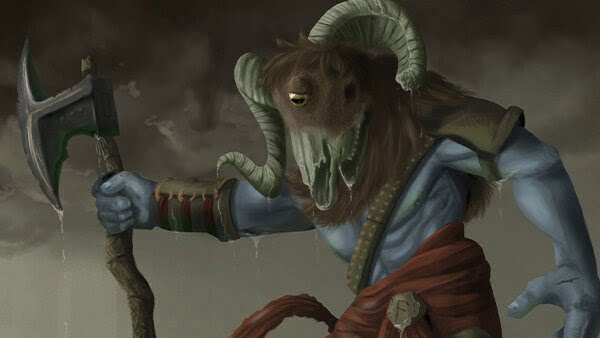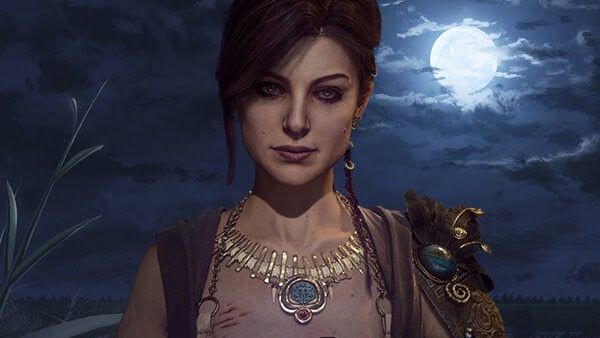Celtic mythology is a fascinating collection of beliefs and legends that originated in the ancient Celtic cultures of Western Europe. Over the centuries, these stories have captured the imagination of many people with their rich iconography, enigmatic characters and deep connection to nature. Celtic mythology features a wide variety of gods and goddesses who personify aspects of nature and everyday life. Some of the best known gods include:
- Dagda: Considered the «Father of All,» Dagda was a god of fertility, abundance and magic. He was depicted with a magical cauldron that was never emptied and a staff that controlled the weather.
- Morrigan: Known as the goddess of war, death and prophecy, Morrigan had the ability to shape-shift and was often depicted as a raven.
- Cernunnos: This Celtic god was the lord of animals, fertility and the natural world. He was depicted with stag horns and a bag of coins, symbolizing abundance.
Celtic mythology is also full of heroes and legendary exploits. One of the most famous heroes is Cú Chulainn, an extraordinary warrior of Irish mythology who possessed great strength and skill in battle. His story is full of bravery, tragedy and adventure.
Another well-known Celtic legend is that of King Arthur, which originated in Wales. Although the story of King Arthur has merged with medieval literature, his figure and that of his knights of the round table have become an integral part of Celtic mythology.
The Celts had a deep connection with nature and worshipped special places that they considered sacred. One of the most iconic sites is Stonehenge, an ancient stone circle in England that the Celts used for rituals and astronomical observations.
Forests were also considered places of great spiritual power. The Forest of Brocéliande in the Brittany region of France is famous as the setting for many stories of Arthurian legend, including the mysterious fountain of Barenton and the giant tree of William of Frost.


